Ever wondered how Netflix just knows what show will keep you glued to your screen all weekend? Or how your Gmail account is so good at banishing spam to the shadowy depths from where it came? Well, you’ve got machine learning (ML) and classification to thank for these modern-day miracles!
Classification in machine learning is a type of predictive modeling that takes an input and predicts which category or class that input belongs to. It’s the magic behind your email, knowing what’s spam and what’s not, or a doctor’s software identifying whether a scan shows signs of disease. Essentially, classification helps machines make sense of data by categorizing it.
In this article, we’re going to break down everything you need to know about classification in machine learning. We’ll cover the basics, the different types, some popular algorithms, and where it’s used in the real world.
Ready to jump in? Let’s get started!
What is Classification in Machine Learning?
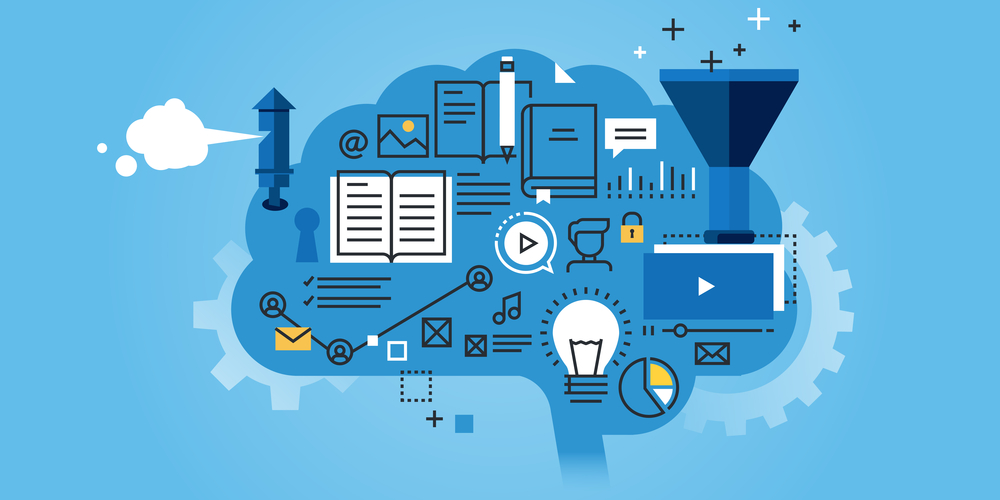
Classification is a supervised machine learning method where the model predicts the correct label of a given input data. The model is trained using training data, evaluated on test data, and then used to perform predictions on new unseen data.
To put it simply, it’s like the ultimate sorting hat. Classification is a type of supervised learning approach where the computer is trained to sort data into specific categories based on the patterns it learns from pre-labeled data. The goal is to predict the categorical class labels which are discrete and unordered.
For example, let’s say you’re trying to filter out spam emails. You’d feed the machine learning model a bunch of emails that are already labeled as ‘spam’ or ‘not spam.
The model learns from these examples, and then when a new email comes in, it can predict whether it’s spam or not based on what it’s learned.
But why is classification important? It’s a powerful tool that allows machines to make sense of complex data, identify patterns, and make decisions. It’s the engine behind many applications we use daily, from personalized recommendations on streaming platforms to fraud detection in banking systems.
In the following sections, we’ll dive deeper into the different types of classification, key concepts, popular algorithms, and real-world applications.
So, buckle up and get ready for an exciting journey into the world of classification in machine learning!
Key Concepts in Classification for Machine Learning

Before diving into the algorithms and applications of classification, it’s essential to understand some key concepts that form the backbone of this machine learning technique.
Let’s break down these concepts in this section.
1. Features and Labels
In the world of machine learning, features are the variables or attributes that the model uses to make predictions.
For example, in a spam detection model, features could be the words in the email, the sender’s email address, or the time the email was sent.
The class label, on the other hand, is what we’re trying to predict — in this case, whether the email is spam or not.
2. Test and Training Data
When building a machine learning model, the available data is typically split into two sets: training data and test data.
- Training data is used to teach the model, helping it learn the patterns and relationships between the features and the label.
- Test data is used to evaluate how well the model has learned and how it performs on unseen data.
Continuing with our spam email detection example, during the training phase, you’d use the 8,000 emails in your training set to train your machine learning model. That’s your training data.
Let’s assume you’re using a decision tree for this example. The algorithm would learn from the features of these emails (such as keyword frequency, email length, etc.) and their labels (“spam” or “ham”) to build a model that can predict the class of an email based on its features.
Once your model has been trained, you’d then test its performance using the 2,000 emails in your test set. That’s your test data. These emails were not used during the training phase, so they provide a good measure of how well your model can generalize to new, unseen data.
3. Overfitting and Underfitting
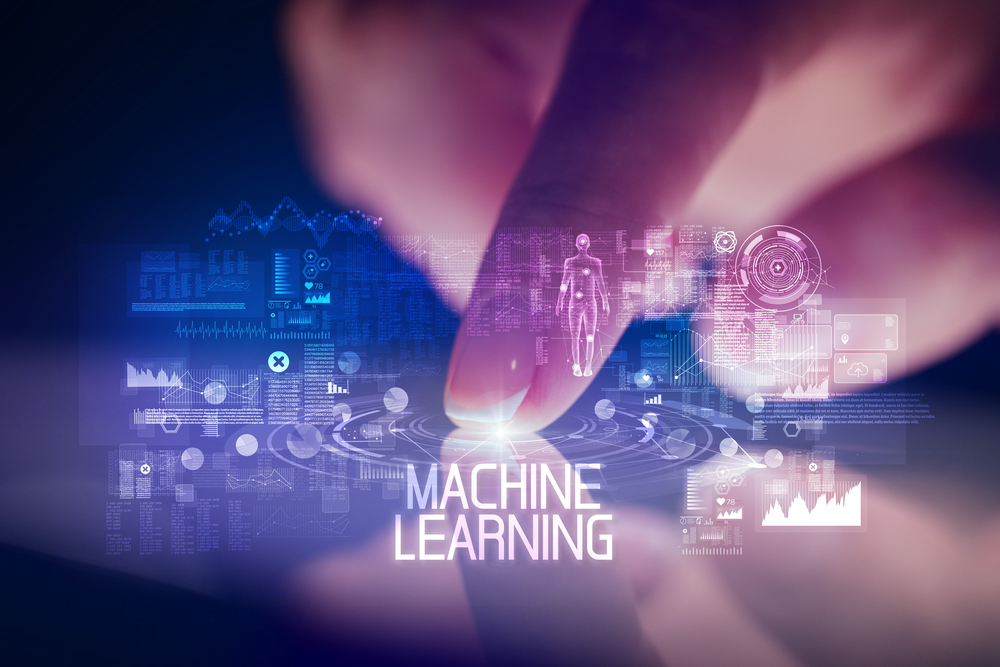
These are two common problems that can occur when training a machine learning model: overfitting and underfitting. We’ll break these concepts down using our email spam detection example.
a) Overfitting
This happens when the model learns the training data too well, to the point where it performs poorly on new, unseen data.
To illustrate overfitting, imagine you’ve built a complex machine learning model to classify your emails — let’s say a deep neural network with many layers and parameters.
You train it on your training dataset of 8,000 emails, and it achieves an amazing accuracy of 99.9% on this training data. Encouraged by this result, you then test it on your test dataset of 2,000 emails but find that its accuracy drops to only 75%. This is a clear case of overfitting.
What’s happened is that your model has learned the training data too well. It effectively “memorized” the training data, capturing not only the general trends that distinguish “spam” from “ham”, but also the noise and outliers specific to the training data.
As a result, while it performs exceptionally well on the training data, it performs poorly on new, unseen data (the test data), because this data has different noise and outliers that the model hasn’t seen before.
b) Underfitting
This occurs when the model fails to learn the underlying patterns in the training data, resulting in poor performance both on the training data and the test data.
To illustrate underfitting, imagine you decide to go in the opposite direction. You build a very simple model to classify your emails — let’s say a decision tree with a depth of 1 (i.e., it makes its classification based on a single question).
You train this model on your training data, and it achieves an accuracy of 60%. When you test it on your test data, it also achieves an accuracy of 60%. This is a clear case of underfitting.
What’s happened in this case is that your model is too simple to capture the complexity of the problem. It can’t learn the patterns in the data that distinguish “spam” from “ham”, and as a result, it performs poorly on both the training data and the test data. The model is not complex enough to understand the underlying patterns in the data.

In both of these cases, the goal is to find a balance — a model that’s complex enough to learn the underlying patterns in the data (and thus avoid underfitting), but not so complex that it learns the noise and outliers in the training data (and thus avoids overfitting).
Techniques like regularization, cross-validation, and early stopping can all help to achieve this balance.
4. Evaluation Metrics
Once a classification model is built, it’s important to measure how well it’s doing. This is where evaluation metrics come in.
The most commonly used metrics are:
a) Classification Accuracy
Accuracy is the most straightforward metric. It’s the ratio of the number of correct predictions to the total number of predictions. If our model correctly identifies 1,500 out of the 2,000 test emails correctly as either “spam” or “ham,” then the accuracy would be 1,500/2,000 = 0.75, or 75%.
While accuracy is easy to understand, it may not always be the best metric, especially for imbalanced datasets where one class (spam or ham) is much more common than the other.
b) Precision
Precision is the ratio of the number of true positives (emails correctly identified as spam) to the total number of positives predicted by the model (all emails that the model said were spam).
If our model identifies 500 emails as spam, but only 300 of these are actually spam, then the precision would be 300/500 = 0.60, or 60%.
Precision is important in situations where false positives (ham emails incorrectly identified as spam) are particularly problematic.
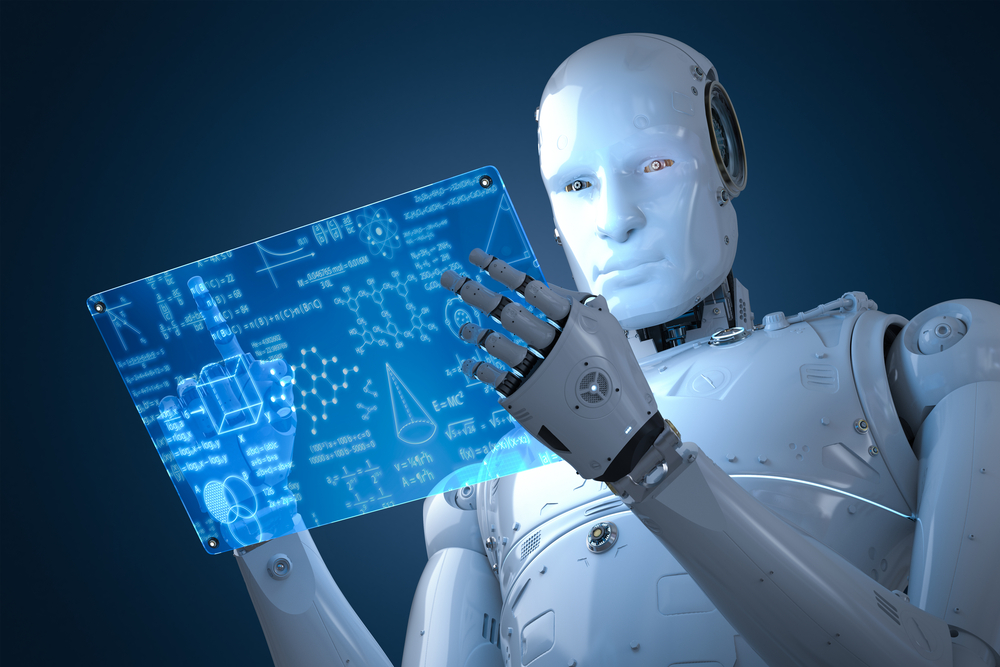
c) Recall
Recall or sensitivity is the ratio of the number of true positives (emails correctly identified as spam) to the total number of actual positives (all actual spam emails).
If there are 400 actual spam emails in the test set, and our model correctly identifies 300 of these, then the recall would be 300/400 = 0.75, or 75%. Recall is important in situations where false negatives (spam emails incorrectly identified as ham) are particularly problematic.
d) F1 Score
The F1 Score is the harmonic mean of precision and recall. It seeks to balance the two and is a better metric when dealing with imbalanced classes. An F1 Score reaches its best value at 1 (perfect precision and recall) and worst at 0.
e) ROC-AUC
Receiver Operating Characteristic – Area Under Curve (ROC-AUC) is a performance measurement for classification problems at various threshold settings.
The ROC is a probability curve and AUC represents the degree or measure of separability — how much the model is capable of distinguishing between classes.
The ROC-AUC metric is especially useful in binary classification problems like our spam detection example, where the aim is to distinguish between two classes (spam and not spam).
To understand why ROC-AUC is useful, we need to understand a little more about how a binary classifier works. Most binary classifiers don’t just output a class label, but rather a probability that an instance belongs to the positive class.
For example, our spam detector might output a probability of 0.8 that a given email is spam. We then choose a threshold (say, 0.5), and classify all emails with a probability above this threshold as spam.
ROC-AUC comes in when we start considering different thresholds. For example, if we lower the threshold, we classify more emails as spam, which increases the number of true positives (actual spam correctly identified as spam), but also increases the number of false positives (ham incorrectly identified as spam). If we raise the threshold, we reduce both true and false positives.
The ROC curve is a way to visualize the trade-off between the true positive rate (sensitivity or recall) and the false positive rate (1 – specificity) for different thresholds. The area under this curve (AUC) gives us a single metric that summarizes the overall quality of the classifier.
In the context of spam detection, a high AUC would mean that our classifier is capable of distinguishing spam from ham quite well, at various threshold settings. For example, it might mean that we can catch a lot of the spam (high true positive rate) without misclassifying a lot of ham as spam (low false positive rate).
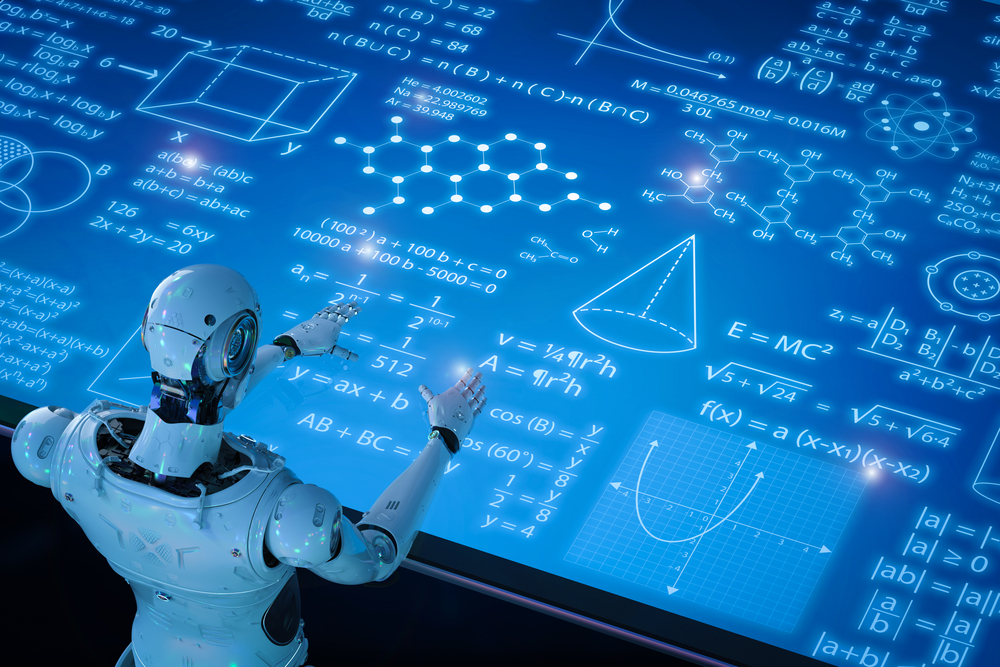
The choice of the right evaluation metric for your model will largely depend on the problem at hand, the business objective, and the data characteristics.
For our spam detection example, you’d probably want a balance of precision and recall, because both letting spam through and misclassifying important emails as spam (“ham”) can be problematic.
In the next section, we’ll go over the types of classification in machine learning.
Types of Classification in Machine Learning
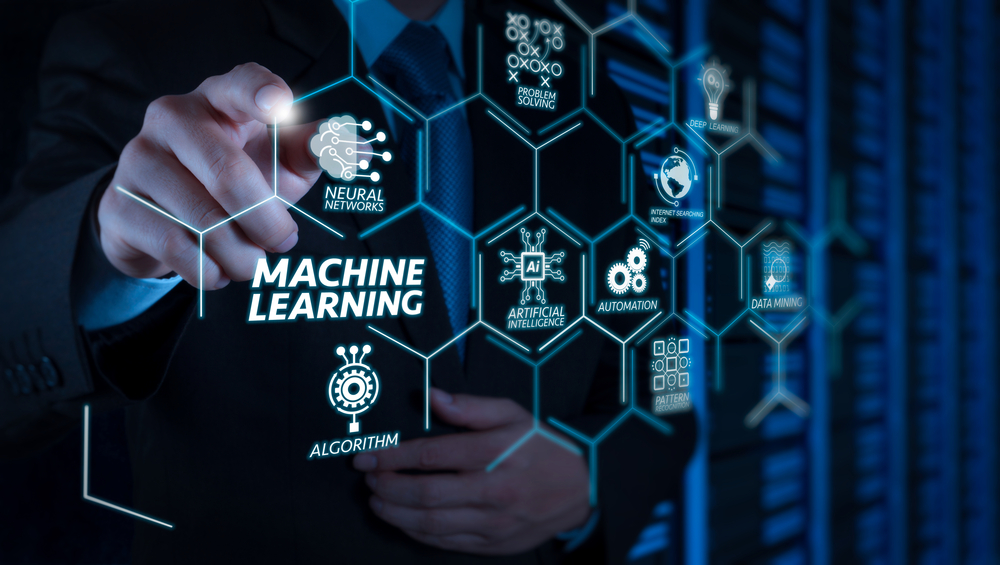
Classification in machine learning isn’t a one-size-fits-all approach. Depending on the nature of the problem and the data at hand, different types of classification techniques can be used.
Let’s explore the four main types: binary classification, multi-class classification, multi-label classification, and imbalanced classification.
1. Binary Classification
This is the simplest form of classification, where you only have two classes or categories. It’s like a yes-or-no question.
In a binary classification task, the goal is to classify the input data into two mutually exclusive categories.
The training data in such a situation is labeled in a binary format: true and false; positive and negative; O and 1; spam and not spam, etc., depending on the binary classification problem being tackled.
Examples of binary classification tasks in machine learning include:
- An email can be either ‘spam’ or ‘not spam’
- A transaction can be ‘fraudulent’ or ‘legitimate’
- A patient’s test result can be ‘positive’ or ‘negative’
Multiple binary classification models are used to classify data points in various fields, from healthcare to finance and cybersecurity.
2. Multi-Class Classification
This type of machine learning classification involves more than two classes. Instead of a yes-or-no question, it’s like a multiple-choice question.
Rather than use a separate classification algorithm each time, the multi-class classification model permits at least two mutually exclusive specific class labels, where the goal is to predict to which class a given input example belongs to.
For example, a machine learning model could classify news articles into various categories like “sports,” “politics,” “entertainment,” “technology,” and so on.
Multi-class classification is commonly used in text classification, speech recognition, and handwriting recognition.
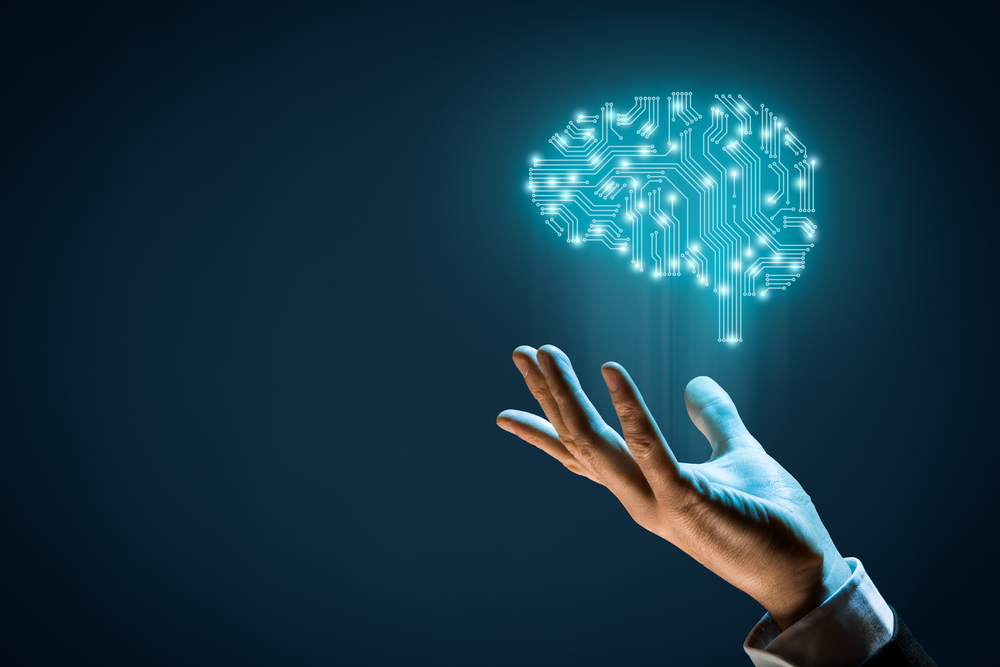
3. Multi-Label Classification
This type is a bit more complex. In multi-label classification, each example can belong to multiple objects simultaneously.
In multi-label classification tasks, we try to predict 0 or more classes for the input variables. There is no mutual exclusion because the input example can have more than one label.
Such a scenario can be observed in different domains, such as auto-tagging in natural language processing (NLP), where a given text can contain multiple topics. Similarly, in computer vision, an image can contain multiple objects.
For instance, a movie could be categorized as “comedy,” “romance,” and “drama” all at the same time. This type of classification is often used in image and text tagging, music categorization, and recommendation systems.
4. Imbalanced Classification
For the imbalanced classification, the number of examples is unevenly distributed in each class, meaning that we can have more of one class than the others in the training data.
This is often the case in imbalanced classification tasks like fraudulent transaction detection in financial industries, rare disease diagnosis, and customer churn analysis.
Using conventional predictive models such as Decision Trees, Logistic Regression, etc. couldn’t be effective when dealing with an imbalanced dataset because they might be biased toward predicting the class with the highest number of observations, and considering those with fewer numbers as noise.
However, we can use multiple approaches to tackle the imbalance problem in a dataset. The most commonly used approaches include sampling techniques or harnessing the power of cost-sensitive algorithms.
And speaking of algorithms, let’s go over some of the popular ones for classification in the next section!
Popular Classification Algorithms in Machine Learning

Now that we’ve covered the basics, let’s delve into the heart of classification: the algorithms. Machine learning algorithms are the mathematical models that power the classification process.
Here are some of the most popular machine-learning algorithms for classification:
1. Logistic Regression
Logistic regression is a machine learning algorithm used primarily for binary classification problems — problems with two possible outcomes.
For example, let’s say we want to predict whether a student will pass or fail an exam based on their hours of study.
We begin by collecting data on 100 students, recording for each student the number of hours they studied and whether they passed (1) or failed (0). This data serves as the input for our logistic regression algorithm, which aims to learn the relationship between the hours of study and the exam outcome.
The logistic regression algorithm accomplishes this by fitting a logistic function, also known as a sigmoid function, to the data. This S-shaped curve maps any real-valued number into another value between 0 and 1, making it ideal for modeling probabilities.
With our binary classification algorithm trained, we can now make predictions. Let’s say a new student comes along, and we want to predict the likelihood of them passing the exam based on their study hours.
We feed the student’s study hours into our logistic regression model, and it outputs a probability of passing. If the output is 0.7, for instance, that suggests a 70% chance of the student passing the exam.
Despite its name, Logistic Regression is one of the go-to classification algorithms for binary classification problems. It uses a logistic function to model the probability that a given input point belongs to a particular category. It’s simple, fast, and provides a probabilistic interpretation of the outcomes.
While logistic regression is a simple and often effective tool for binary classification problems, it’s important to remember that it does make certain assumptions about the data.
For example, it assumes that the predictors (in our example, study hours) are independent. If these assumptions are violated, the model’s performance may not be optimal.
Nevertheless, one of the key advantages of logistic regression is that it provides interpretable results, which can be critical in certain applications.
2. Decision Trees

Decision Trees are intuitive and easy-to-understand classification algorithms that mimic human decision-making processes. Mutli-label decision trees split the data into subsets or into a different minority class based on the values of input features, creating a tree-like model of decisions.
A decision tree is a popular machine learning algorithm that operates by breaking down a dataset into smaller and smaller subsets based on distinct decisions, akin to a flowchart.
For example, let’s consider a scenario where a school counselor wants to predict whether a student will play sports based on their age, GPA, and hours of study.
The decision tree algorithm splits the data based on various conditions — for instance, it might first divide students based on age (“Is the student older than 15?”), then GPA (“Is the GPA higher than 3.0?”), and so on.
The end result of these successive splits is a tree-like model of decisions, where each leaf node represents a prediction. For example, the model might predict that older students with a high GPA are likely to participate in sports.
An advantage of decision trees is their simplicity and interpretability — one can follow the path in the tree to understand the rationale behind predictions. To evaluate the model’s accuracy, one can use unseen data and calculate metrics like precision, recall, or F1 score.
3. Random Forest
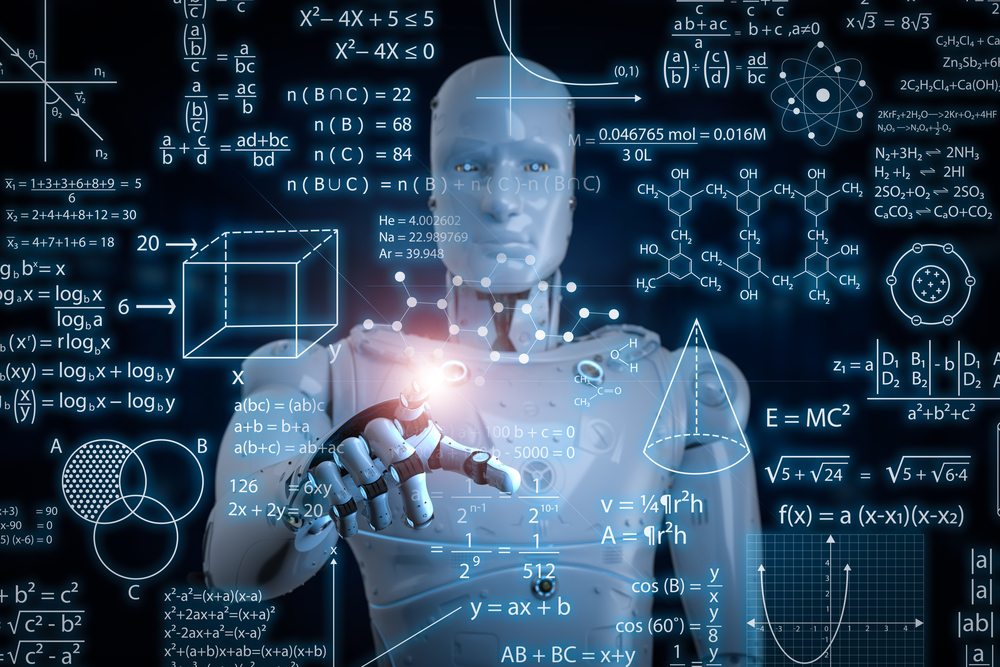
Random forest is a powerful machine learning algorithm that builds on the concept of decision trees.
It operates by creating a multitude of decision trees at training time and outputting the class that is the mode of the classes (classification) or mean prediction (regression) of the individual trees.
For instance, let’s imagine a college admissions officer trying to predict whether a student will succeed in college based on several factors like high school GPA, SAT score, number of extracurricular activities, etc.
In a random forest model, numerous decision trees would be built, each considering a random subset of students and a random subset of these factors.
For each student in the test set, each tree in the forest makes a prediction and the most common prediction is taken as the final output. This ensemble method can often result in a more accurate and robust model that is less prone to overfitting compared to a single decision tree.
Evaluation metrics such as accuracy, precision, recall, and F1 score can be used to measure the model’s performance.
To see a forest machine learning algorithm in action, check out our video below:
4. Support Vector Machines (SVM)
Support Vector Machines (SVM) is a powerful supervised machine learning algorithm primarily used for classification but can also be used for regression tasks.
It works by mapping the input data into a high-dimensional space and finding a hyperplane that best separates the data into different classes.
For example, let’s consider a scenario where a medical researcher wants to classify whether a tumor is malignant or benign based on a variety of features, such as tumor size, age of the patient, genetic markers, etc.
The SVM algorithm takes these features and plots each data point in a high-dimensional space, with each feature representing a dimension. It then tries to find a hyperplane that separates the data points into two classes (malignant or benign) while maximizing the margin between the closest points from each class (these points are called support vectors).
The true power of SVMs comes from the use of kernel functions, which allow the algorithm to solve nonlinear classification problems by transforming the original feature space into one where the data is linearly separable. An SVM with a nonlinear kernel can capture complex relationships between features, making it a versatile tool for many classification problems.
As with other models, the performance of an SVM can be evaluated using metrics such as accuracy, precision, recall, F1 score, and ROC-AUC. By adjusting parameters like the regularization parameter and the kernel function, an SVM can be tuned to perform well on a wide variety of tasks.
5. Naive Bayes
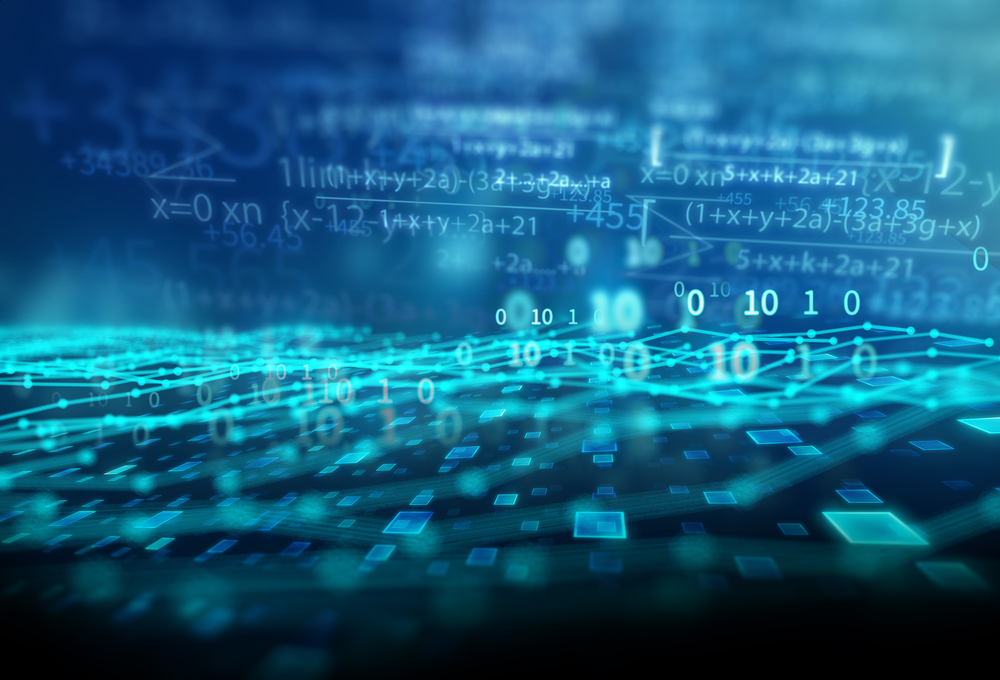
Naive Bayes is a classification technique based on applying Bayes’ theorem with an assumption of independence among predictors. In simple terms, a Naive Bayes classifier assumes that the presence of a particular feature in a class is unrelated to the presence of any other feature.
For instance, let’s consider an example where we want to classify emails as spam or not spam. For this, we could use a variety of features like the presence of certain words, the email length, the sender’s email address, etc.
A Naive Bayes classifier would treat each of these features as independent. So, the probabilities of seeing particular words in spam or non-spam emails are treated independently of each other.
When a new email arrives and we want to classify it as either spam or not spam, the Naive Bayes classifier multiplies the probabilities of each feature (word) appearing in each class (spam or not spam), and applies Bayes’ theorem to predict the probability of the email being spam or not spam. The class with the highest probability is the prediction for the new email.
Although its assumption of feature independence is often violated in real-world applications (since features often are dependent), Naive Bayes classifiers have been found to work quite well in many complex situations.
Their simplicity and efficiency make them a good choice for high-dimensional datasets. The model’s performance can be evaluated using metrics like accuracy, precision, recall, and F1 score.
6. K-Nearest Neighbors (KNN)

K-Nearest Neighbors (KNN) is a type of instance-based learning algorithm that is primarily used for classification and regression tasks. It works based on the principle of similarity, meaning that similar things are near to each other.
Let’s consider an example where we are trying to predict whether a car is economical or expensive based on features like engine size, horsepower, brand reputation, etc.
When a new car needs to be classified, the KNN algorithm would look at the ‘k’ closest cars in the feature space, where ‘k’ is a predefined number. The new car is then classified based on the majority label of these ‘k’ nearest neighbors.
For instance, if we set k=3, and the three nearest cars to our new car in the feature space are two economical cars and one expensive car, we would classify the new car as economical. If we set k=5, and three out of the five closest cars are expensive, we would classify the new car as expensive.
The value of ‘k’ and the distance metric used to calculate ‘nearness’ (e.g., Euclidean, Manhattan, etc.) are hyperparameters that can be tuned for optimal performance.
The KNN algorithm is very simple to understand and implement and can handle non-linear data, but its efficiency decreases as the volume of data increases.
As with other classification models, the performance of KNN can be evaluated using metrics like accuracy, precision, recall, F1 score, and ROC-AUC.
Alright, now that we’ve gone over some of the popular classification algorithms, let’s take a look at the steps for building a classification model in the next section!
Steps in Building a Classification Model
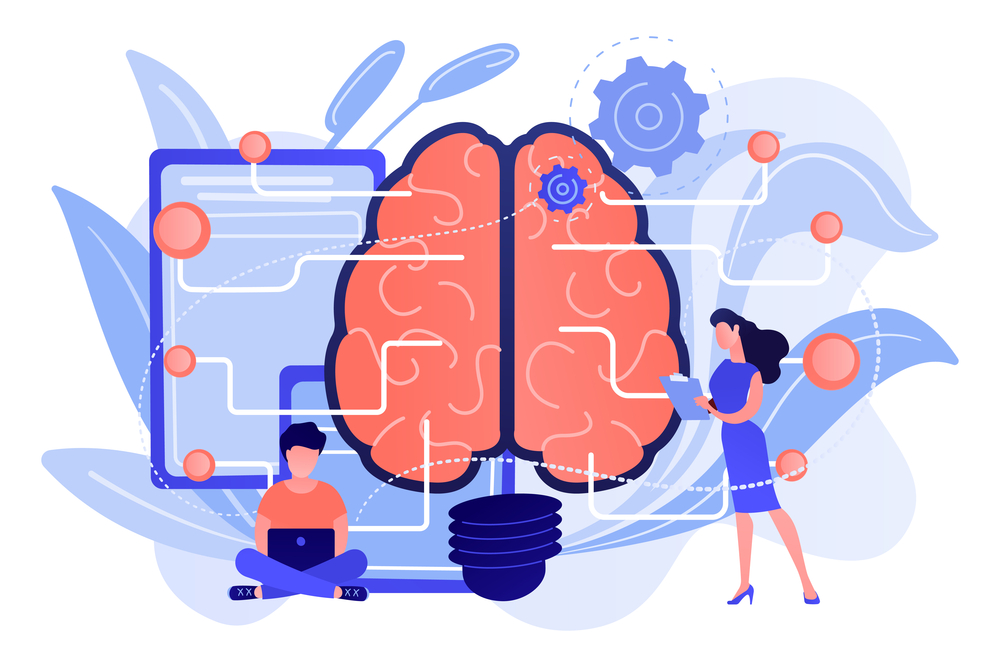
Building a classification model is a systematic process that involves several key steps. Here’s a general roadmap to guide you through this process:
1. Data Collection
The first step in any machine learning project is gathering the data you’ll use to train and test your model. This could come from a variety of sources, such as databases, online resources, sensors, or user logs.
The quality and relevance of your data will significantly impact your model’s performance, so it’s crucial to choose your data sources carefully.
2. Data Preprocessing
Once you’ve collected your data, the next step is to clean and prepare it for your model. This might involve handling missing values, removing outliers, encoding categorical variables, normalizing numerical variables, and splitting the data into training and test sets.
3. Model Selection
Now it’s time to choose the classification algorithm that best suits your problem and data. This might be simple binary classification algorithms like Logistic Regression, a multi-class classifier like Decision Trees, or a more complex algorithm like Support Vector Machines.
What classification predictive modeling type you use will depend on your goals, so choose a classification model based on the specifics of your problem and the nature of your data.

4. Training the Model
With your data preprocessed and your model selected, you can now train your model. This involves feeding your training data into the model and allowing it to learn the relationships between the features and the label.
5. Evaluating the Model
After training, it’s important to evaluate your model’s performance using your test data. This will give you an idea of how well your model has learned from the training data and how it’s likely to perform on new, unseen data.
Common evaluation metrics for classification models include classification accuracy, precision, recall, and the F1 score.
6. Improving the Model
If your model’s performance isn’t up to par, you might need to go back to the drawing board. This could involve going back to the preprocessing stage to clean your data more thoroughly, trying a different classification algorithm, or tuning your model’s parameters to better fit your data.
Building a classification model can be a complex process, but by following these steps and understanding the principles behind each one, you’ll be well on your way to mastering classification in machine learning.
Lazy Learners vs. Eager Learners

There are two types of learners in classification: lazy learners and eager learners.
It’s important to know their differences when studying classification it can help you make an informed decision on which algorithm to use based on the specific characteristics of your problem.
Lazy learners or instance-based learners, do not create any model immediately from the training data. They just memorize the training data, and each time there is a need to make a prediction, they search for the nearest data point from the whole training data, which makes them very slow during prediction. Some examples of this kind are K-Nearest Neighbor and case-based reasoning.
Eager learners are machine learning algorithms that first build a classification model from the training dataset before making any prediction on future datasets. They spend more time during the training process because of their eagerness to have a better generalization during the training from learning the weights, but they require less time to make predictions.
Most machine learning classification algorithms are eager learners, including Logistic Regression, Support Vector Machine, Decision Trees, and Artificial Neural Networks.
Classification vs. Regression in Machine Learning
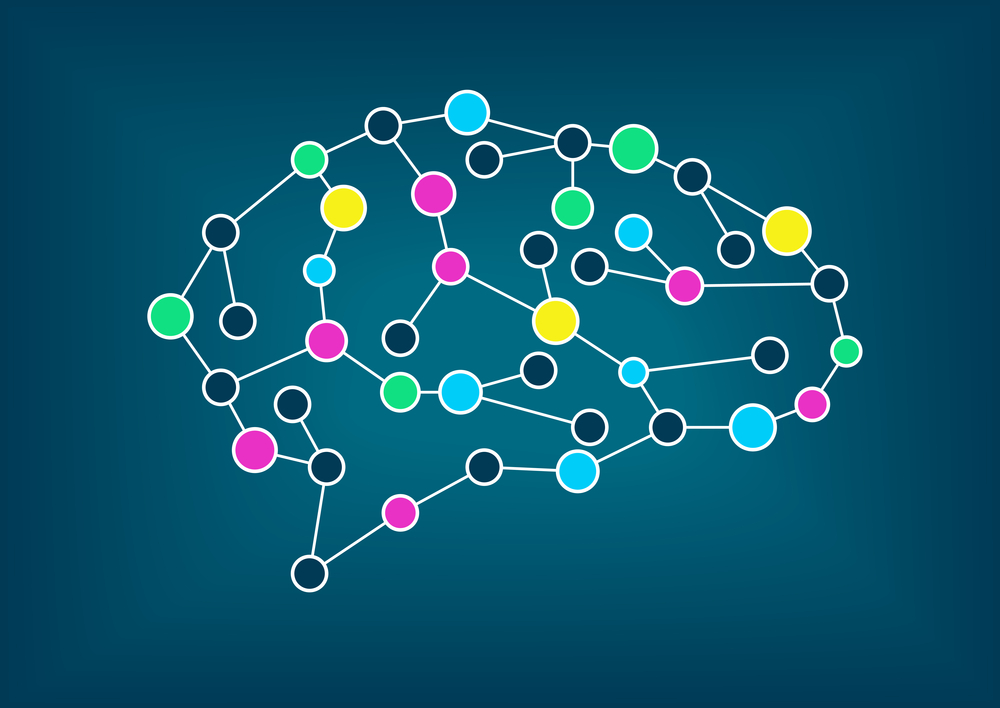
Now, you might be wondering how classification differs from regression, which is another common concept in machine learning. While both are predictive modeling techniques, they are used for different types of problems.
1. Classification
Classification is a type of supervised learning task where the output is a categorical or discrete label. This means the model is trained to predict one of several predefined categories.
For instance, the email spam filter example we’ve been using is a classic classification task. Here, the machine learning model is trained to classify emails into one of two categories – “spam” or “not spam”.
There are also multi-class classification problems where there are more than two categories to predict, such as classifying types of fruits or predicting the type of a given animal based on certain features.
2. Regression
Regression is another type of supervised learning task where the output is a continuous value. This means the model predicts a number that can fall anywhere on a continuous scale.
For example, predicting the price of a house based on features like its size, location, age, etc., is a regression task. Here, the output (price) is not a category but a continuous number that can range from a few thousand dollars to multiple millions.
While these tasks have different types of output, many machine learning algorithms can be used for both classification and regression with some modifications.
For example, logistic regression is commonly used for classification, despite its name, while decision trees and support vector machines can be used for both tasks.
In the next section, we’ll take a look at more real-world applications of classification!
Real-world Applications of Classification in Machine Learning
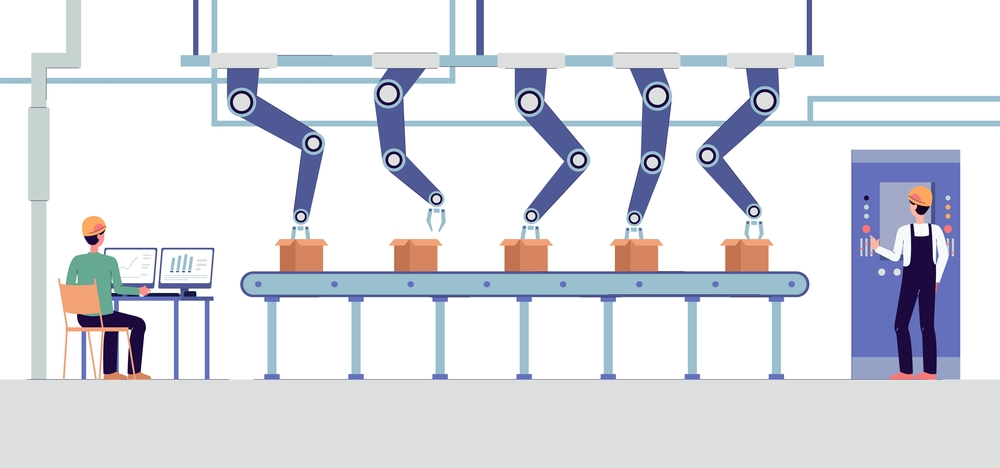
Classification algorithms are not just theoretical constructs; they’re powerful tools that are used in a wide range of real-world applications. Here are a few examples of how classification in machine learning is making a difference in various industries:
1. Spam Detection: One of the most common uses of binary classification is in spam detection for email services. Machine learning models are trained to identify whether an email is ‘spam’ or ‘not spam’ based on features like the email’s content, the sender’s address, and the time the email was sent.
2. Image Recognition: Classification algorithms are widely used in image recognition, helping to categorize images based on their content. For example, they can be used to identify whether a photo contains a cat or a dog, recognize handwritten digits, or detect faces in a camera feed.
3. Medical Diagnosis: In healthcare, classification models can be used to identify diseases based on symptoms, medical history, or medical imaging data. For instance, machine learning models can be trained to classify X-ray images to detect whether a patient has pneumonia or not.
4. Healthcare: Training a machine learning model on historical patient data can help healthcare specialists accurately analyze their diagnoses. For instance, during the COVID-19 pandemic, machine learning models were implemented to efficiently predict whether a person had COVID-19 or not.

5. Education: Education is one of the domains dealing with the most textual, video, and audio data. This unstructured information can be analyzed with the help of Natural Language technologies to perform different tasks such as the classification of documents per category or analysis of students’ feedback sentiments about a professor.
6. Transportation: Industries are using machine and deep learning models to predict which geographical location will have a rise in traffic volume or predict potential issues that may occur in specific locations due to weather conditions.
7. Sustainable agriculture: Agriculture is one of the most valuable pillars of human survival. Classification models can be used to predict which type of land is suitable for a given type of seed or predict the weather to help farmers take proper preventive measures.
8. Credit Scoring: Financial institutions often use classification models to determine whether a customer is a good credit risk or not. These models might consider features like the customer’s income, employment status, credit history, and current debt levels.
0. Customer Segmentation: Businesses use classification models to segment their customers into different groups based on their behavior, preferences, or demographic information. This can help businesses to tailor their marketing efforts to different customer segments and improve their customer service.
These are just a few examples of the many ways that classification in machine learning is used in the real world. As machine learning technology continues to advance, we can expect to see even more innovative applications in the future.
So let’s see what future trends you can expect in machine learning in the next section!
Future Trends in Classification for Machine Learning

As we look towards the future, it’s clear that classification in machine learning will continue to evolve and play a significant role in shaping our world.
Here are a few trends to watch out for:
1. Role of Deep Learning in Classification
Deep learning has achieved impressive results on many classification tasks, but classical methods like decision trees and logistic regression are still widely used because they’re interpretable and efficient.
In the future, we might see more hybrid methods that try to combine the strengths of deep learning and classical methods, for example, by using deep learning to engineer features for classical models.
2. Explainable AI (XAI)
While machine learning models, particularly deep learning, have made significant strides in classification tasks, one common criticism is their “black box” nature.
Understanding why a model made a specific prediction is challenging, which can be problematic in fields like healthcare or finance where interpretability is crucial.
The future will likely see the continued development of Explainable AI (XAI), which aims to make machine learning models more transparent and their decisions interpretable.
3. Automated Machine Learning (AutoML)
The process of selecting the right model, tuning hyperparameters, and preprocessing data can be time-consuming and require significant expertise.
AutoML aims to automate these processes, making machine learning more accessible to non-experts and improving efficiency of experts. This is a rapidly advancing field and will likely continue to influence classification tasks in the future.
4. Privacy-preserving Machine Learning
As data privacy becomes increasingly important, techniques for training models without compromising privacy will likely become more popular.
One example is federated learning, where a model is trained across multiple devices or servers holding local data samples, without exchanging the data itself.
These trends indicate that the field of classification in machine learning is far from static. As technology continues to advance, we can expect to see new techniques, applications, and challenges in the world of classification.
Final Thoughts
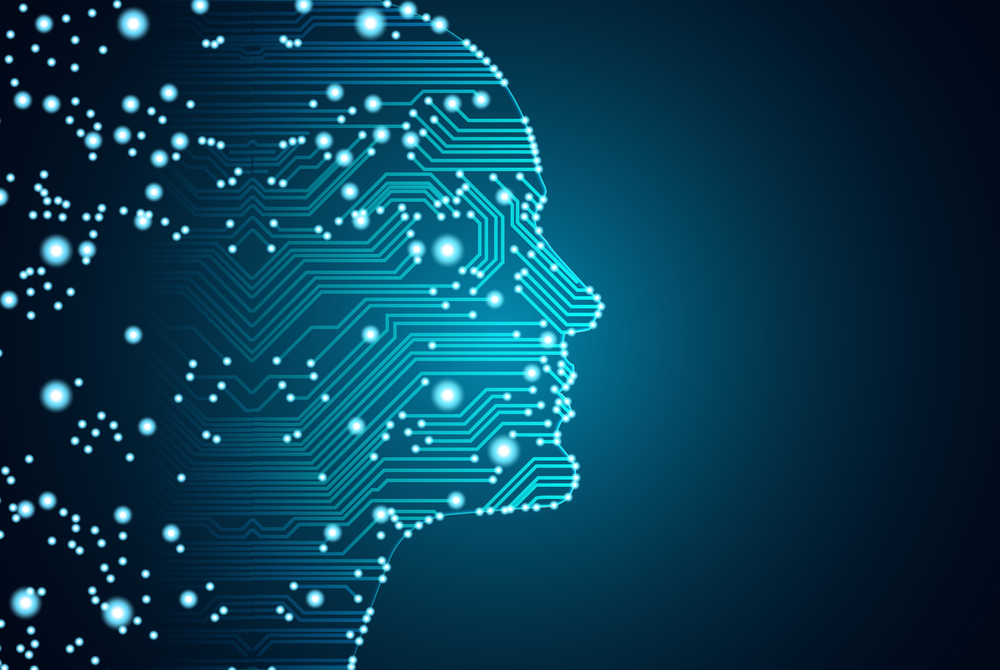
Classification in machine learning is a powerful tool that’s transforming the way we analyze and interpret data. From spam detection and image recognition to medical diagnosis and customer segmentation, classification models are helping us make sense of complex data and make informed decisions.
This article aimed to provide a comprehensive understanding of this topic, from defining what classification is in machine learning to examples of implementations of some algorithms.
We explored the basics of classification, including its key concepts, popular algorithms, and real-world applications. We’ve also looked at the steps involved in building a classification model and some of the future trends in this exciting field.
But this is just the tip of the iceberg. The world of machine learning is huge and always on the move. So, don’t stop here! Stay curious and continue to push the boundaries of what’s possible with classification in machine learning. Who knows? You might just be the one to shape its future!











